The Hunter in His Blind
A project to document Wisconsin’s broad variety of deer stands takes on new meaning after a round of chemotherapy.

Interview by Rosecrans Baldwin
The Morning News: How did “hide” begin?
Jason Vaughn: The project had two separate start times. The first was during a road trip to Wisconsin to visit my wife’s family. I saw these structures along the way and had no clue what they were. The mystery, individuality, and unique locations of the stands became very intriguing to me. So I inquired with some of my wife’s family as to what they were and got my answer from her uncle who is an avid hunter. Continue reading ↓
All images used with permission. All rights reserved, copyright © the artist.
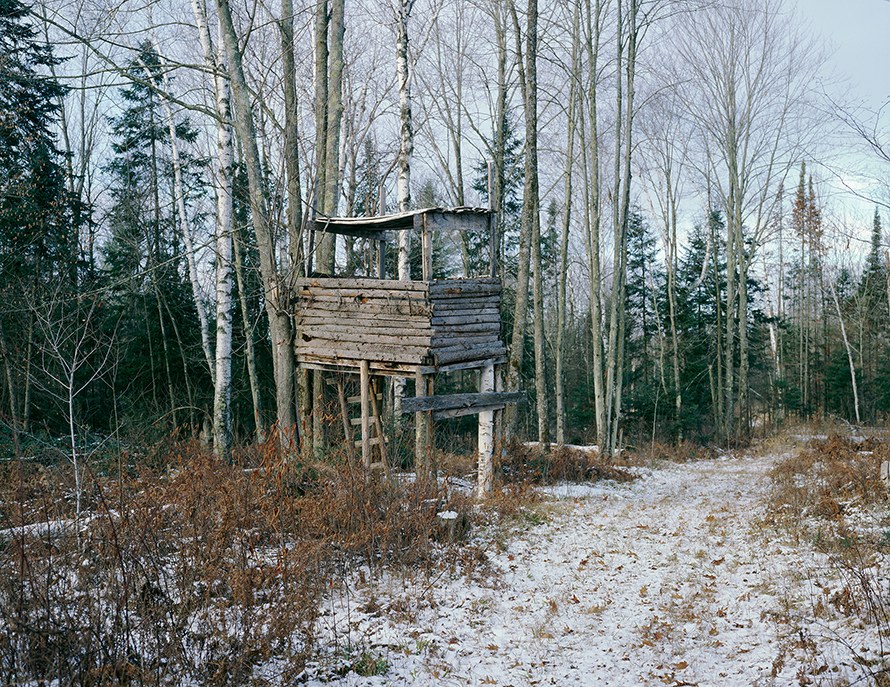
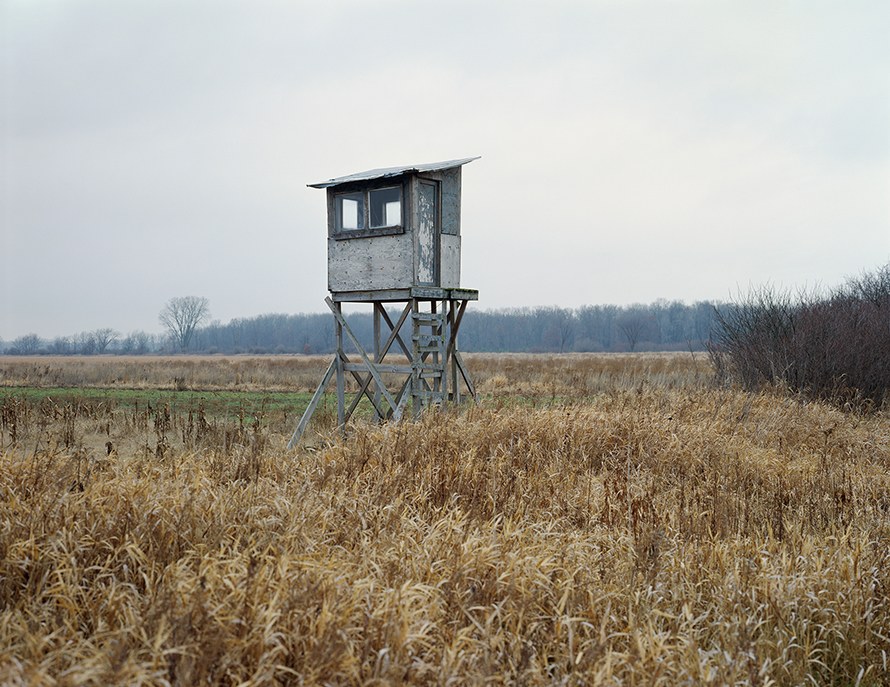
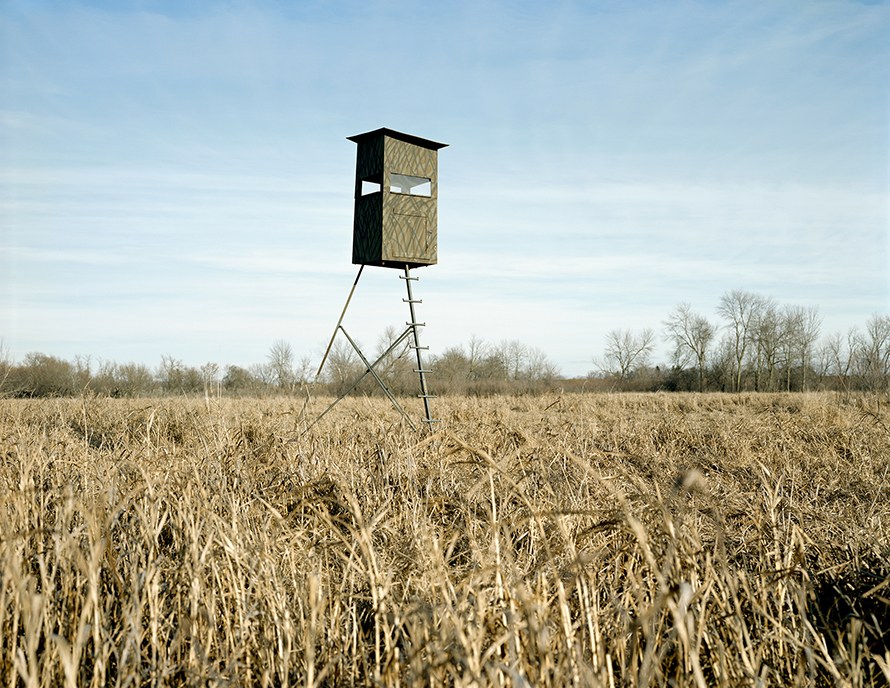
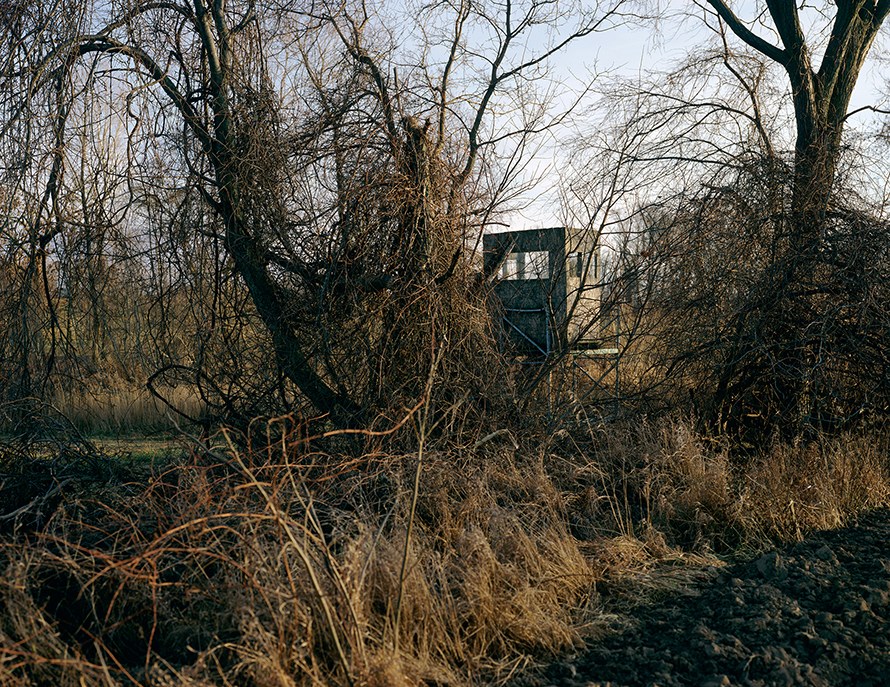
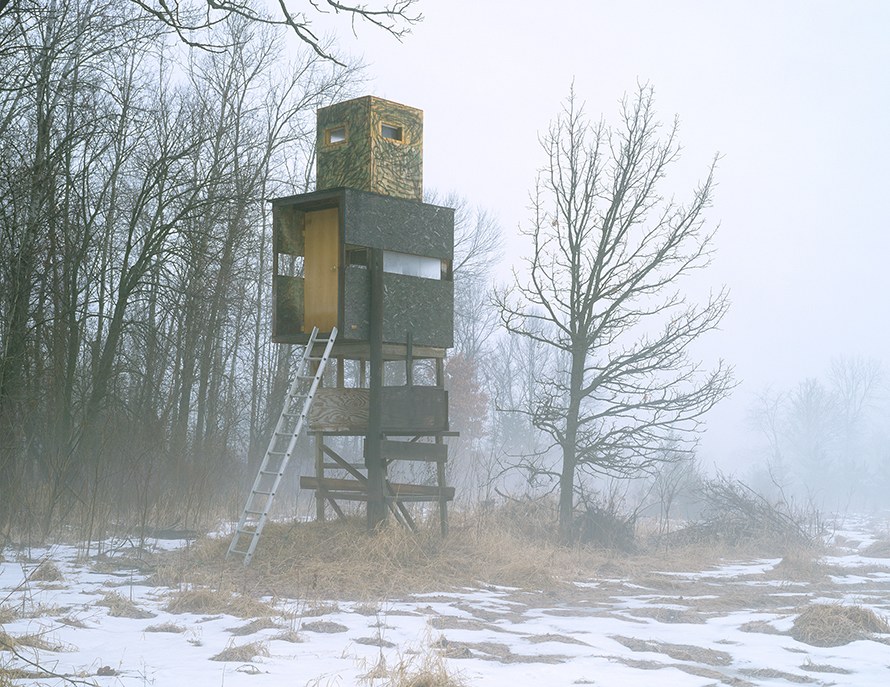
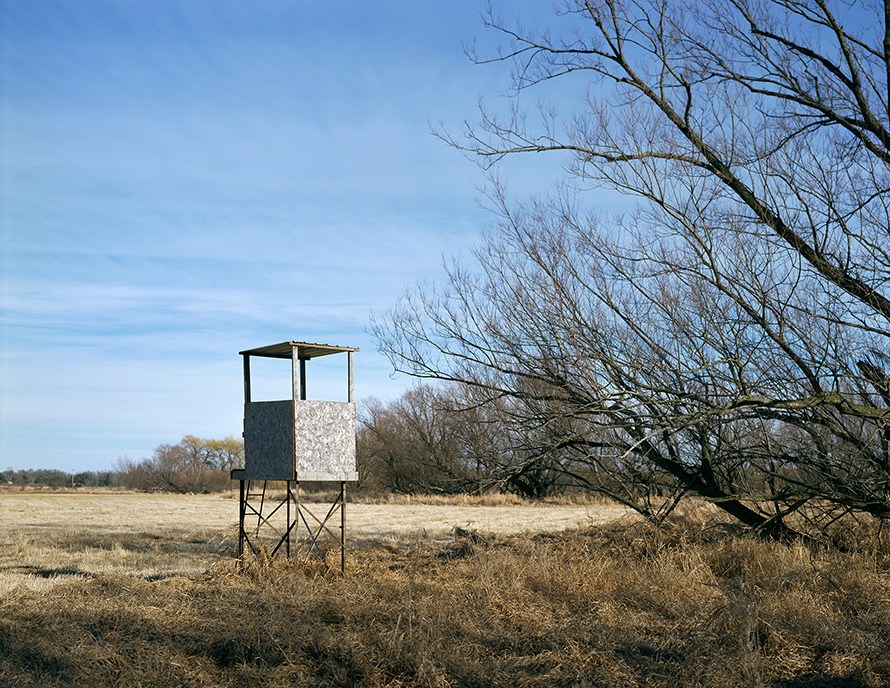
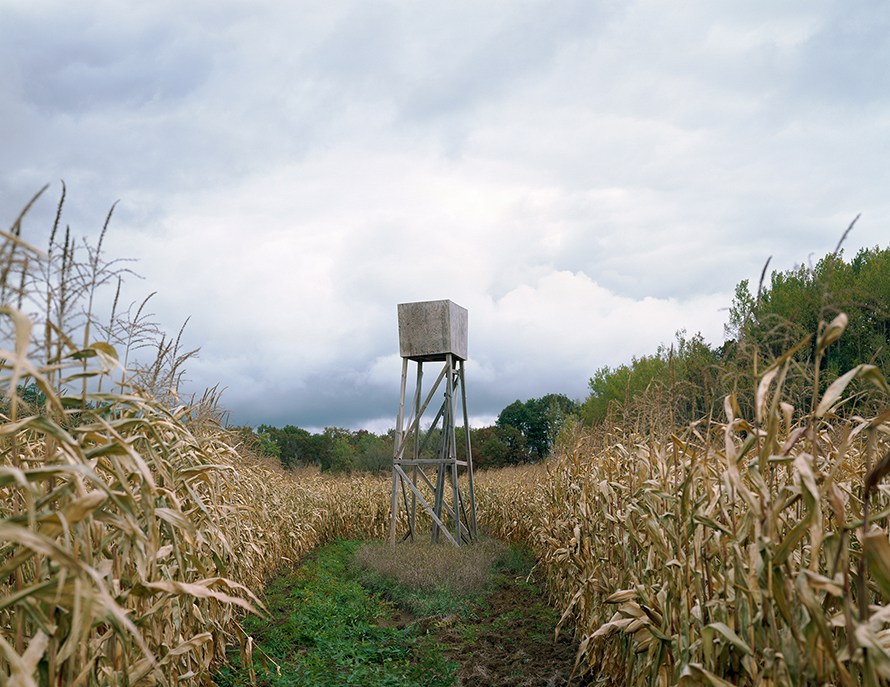
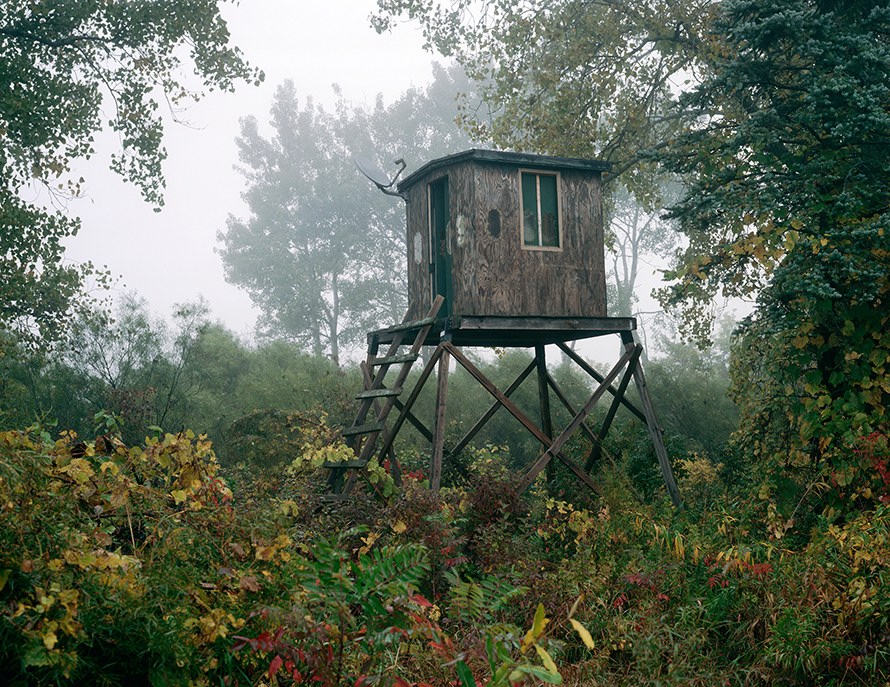
Interview continued
I grew up in Northern California and was never exposed to deer stands. When I moved to Wisconsin, I knew I wanted to look further into photographing the stands, but never thought it would turn into a full-blown project. Then, during my recovery from chemotherapy, the project had a second start. Spending a month and a half bedridden puts you in a situation to do much reflection. Part of that process was the connection that developed between my own family life and the experience of the hunters.
TMN: How did your cancer diagnosis change your thoughts about the project?
JV: It gave me a different understanding about what many of the hunters had expressed to me: a desire to make something to pass along to the next generation, something that could continue to provide for families to come. At a relatively young age, I didn’t feel the need to think of things like that yet. So the diagnosis gave me perspective about my place as a father and therefore a better understanding of the stands I was photographing and the message I wanted to convey.
TMN: What do these deer stands represent to their owners?
JV: Most people I’ve met live and work off their land. They have a respect for nature and what it can provide to their family. The structures they’ve built are meant to last and be passed on to following generations. Some hunters seem to use their stands for a place to spend time with family or friends and the hunting actually plays a small part in it. I’ve also meant some men that use their stand to get away from everything. They seem to like the solitude it provides.
TMN: What’s your favorite camera at the moment?
JV: My favorite cameras at the moment are my main camera which is an Ebony 4x5 camera and a Polaroid camera that I use with my son.
TMN: When are you at peace?
JV: My son and I have this routine that we jump up on Dad’s bed, cover up, eat popcorn, and watch cartoons. It makes him so happy and it’s so simple, that I really feel like “this is it.” Besides that, I feel at peace when I’m in the middle of nowhere, walking across a field to take a photograph I’m really excited about. It forces to me to slow down and be aware of my surroundings.
TMN: Do you hunt yourself? Do you want your son to hunt?
JV: I’ve never hunted and I don’t plan to. I shot my first gun while doing this project, and although it was fun and I found out I was a good shot, I could never shoot a living thing. I’d prefer my son not to hunt and will do my best to discourage it, but ultimately he’ll do what he wants. Doing this project has definitely broadened my thinking about hunting, though.
TMN: What do Wisconsin people have more than other people?
JV: I don’t know that they are any different. I’ve lived and traveled to a lot of different places and I feel like gotten a good sense that there are good and bad people in any place. Not that that’s a revelation, but it really is true. It’s just been nice transitioning from a big city to a smaller town where people have the attitude of settling down.
TMN: What type of art feeds you best as a viewer?
JV: What I like in photography is simple beauty and composition. I learned photography through photo books and have come to appreciate mastered compositions. My favorite art shows were early Barry McGee shows where my senses were completely overloaded and I could have five different experiences from the same show.
TMN: What are you working on now?
JV: Putting the final touches on “hide.” I have one winter trip coming up and that should be it for the project. I’ve held on to my images too long and would like to try to get “hide” out there and get involved with some more shows.
